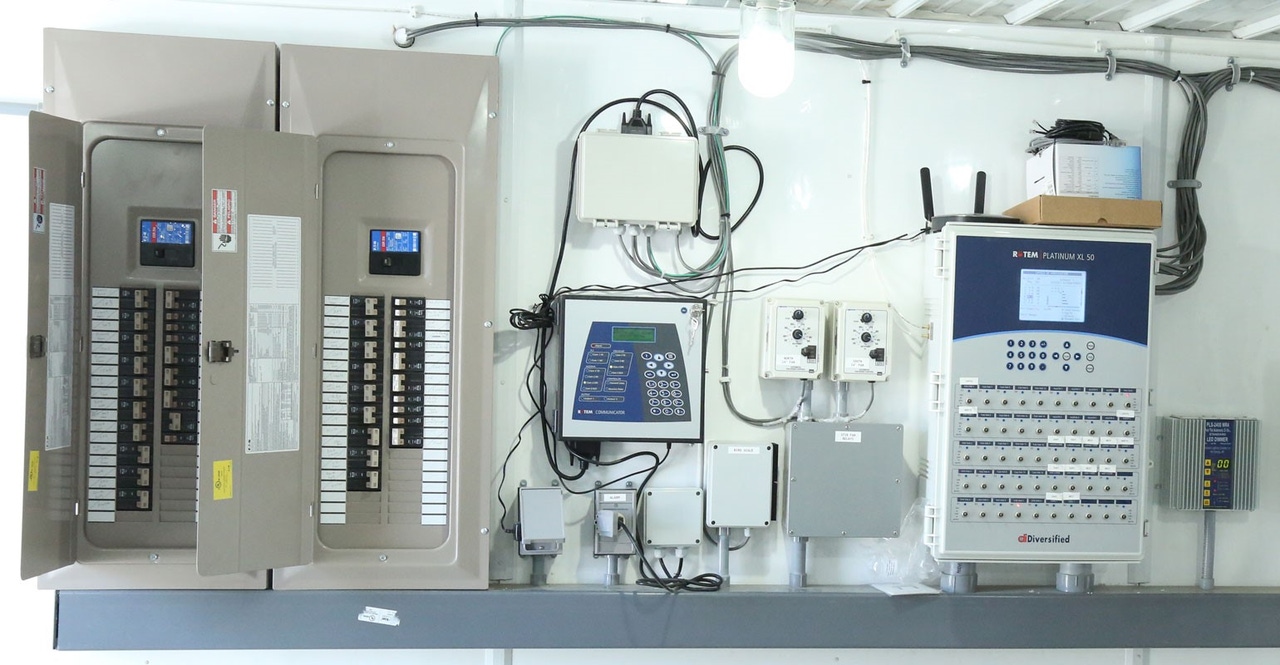Comprehensive technical support for electrical industry professionals.
Comprehensive technical support for electrical industry professionals.
Blog Article
Leading Tips for Effective Electrical System Troubleshooting
Repairing electrical systems calls for a methodical strategy, grounded in a thorough understanding of electrical concepts and safety methods. By familiarizing oneself with circuit parts, utilizing essential tools, and sticking to a structured analysis technique, specialists can effectively recognize and fix issues. Nevertheless, the nuances of efficient repairing prolong past simple technological understanding; recognizing how to record searchings for and prioritize security can significantly influence results. As we check out these essential elements even more, it ends up being clear that understanding this procedure is not simply advantageous but vital for success in the area.
Understand the Fundamentals
Understanding the fundamentals of electric systems is essential for effective troubleshooting, as a solid structure enables professionals to identify and resolve problems much more efficiently. An extensive grasp of electrical concepts, such as voltage, present, resistance, and power, is critical in recognizing the origin of problems. Voltage is the electric prospective difference that drives current via a circuit, while resistance opposes the circulation of present, impacting the total performance of the system.
Experience with circuit components, consisting of resistors, capacitors, diodes, and switches, is additionally critical. Each part plays an unique duty in circuit habits and can influence performance when malfunctioning. In addition, understanding collection and parallel circuit setups is essential, as these plans affect the distribution of voltage and present within the system.
Moreover, understanding of safety procedures is indispensable. Service technicians need to understand potential threats, such as shock and brief circuits, to apply risk-free troubleshooting methods. By grasping these foundational concepts, technicians boost their capability to carry out effective diagnostics and repair work, eventually resulting in enhanced efficiency and integrity of electrical systems. This fundamental expertise is the foundation of effective repairing ventures.
Gather Necessary Equipment
Reliable troubleshooting of electrical systems requires the right set of devices to detect and fix issues properly. Necessary devices include a multimeter, which determines voltage, existing, and resistance, permitting for exact analyses of electrical parts.
Furthermore, protected hand tools such as screwdrivers, pliers, and wire pole dancers are important for securely controling electrical links. It is additionally a good idea to have a circuit tester accessible to confirm the existence of voltage in outlets and cables. For more complex systems, a thermal imaging video camera can aid discover overheating elements, showing prospective failings.
Comply With a Methodical Strategy
Having actually gathered the proper devices, the next step in troubleshooting electrical systems is to adhere to an organized method. A methodical method makes sure that professionals can recognize mistakes effectively and accurately, minimizing downtime and protecting against unneeded repair work.
Begin by assessing the system's schematic layouts and requirements. This entails checking each look at this site element systematically, starting from the power resource and functioning in the direction of the tons.
Utilize testing devices, such as multimeters and oscilloscopes, to gather objective data concerning voltage, current, and resistance at numerous factors within the system. This empirical proof will certainly direct your troubleshooting efforts and assist to confirm or get rid of potential reasons of failure.
Additionally, take into consideration environmental variables that may influence the system's performance, such as temperature level changes or moisture access. An extensive assessment of wiring, links, and parts will make sure that all possibilities are accounted for.
Paper Your Findings
Detailed paperwork is crucial in the fixing process of electric systems. This method not just help in understanding the origin reason of the issue however also serves as a recommendation for future fixing efforts.

Furthermore, maintaining a log of components changed or fixings executed is invaluable. This information sustains supply monitoring and can help assess the durability and reliability of particular elements.
Ultimately, visit this web-site the paperwork procedure must be comprehensive yet concise, allowing easy access and evaluation - electrical system troubleshooting. By prioritizing comprehensive documents, technicians can develop a beneficial knowledge base that not just help in current troubleshooting however likewise equips future maintenance initiatives, consequently enhancing general system reliability

Prioritize Safety Measures
Acknowledging the intrinsic risks connected with electric systems is important for ensuring security throughout troubleshooting. Electric shock, burns, and devices damage are just a few of the potential risks that specialists encounter. Focusing on safety and security steps is not just a legal commitment yet additionally an ethical vital that safeguards both the specialist and the surrounding setting.
Prior to starting any type of troubleshooting job, specialists must put on proper personal protective tools (PPE), consisting of shielded gloves, shatterproof glass, and flame-resistant clothing. Making sure that the work location is completely dry and complimentary of clutter can significantly reduce the danger of mishaps. Moreover, it is crucial to de-energize circuits before starting any type of job, verifying that they are not live with making use of a multimeter or voltage tester.
Developing clear communication protocols with group participants is likewise crucial; this makes certain that everyone understands potential risks and the condition of the electric system being functioned on. Having an emergency reaction strategy click here for info in place can prove invaluable in the occasion of a case. By focusing on safety actions, specialists can effectively alleviate risks and foster a safer work environment.
Final Thought
Efficient electric system fixing counts on a comprehensive understanding of essential principles and a methodical technique. Prioritizing safety steps makes sure the wellness of individuals involved and the integrity of the electrical system.
Report this page